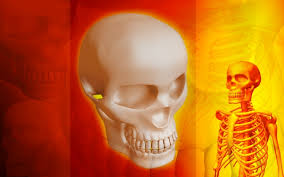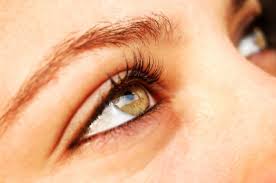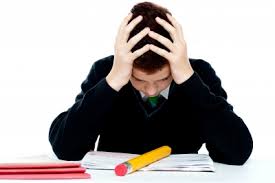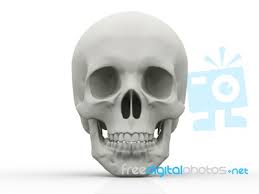Treat Your Head (Cranium) and Eyes
The fascia of the cranium can become imbalanced from chronic stress. trauma, injury, head forward position, weight lifting, strain and more.. Tension and/or injury in this area can create headaches, shoulder pain, neck pain, ear issues, upper back issues, depression, anxiety, despair, confusion and more.
Here is a LINK to an informational piece by St. John Clark Pain Treatment Center regarding MIGRAINES.
Please enjoy this video presenting simple self manipulation techniques to release fascia on the head and face. Following is a video on the Temporomandibular Joint which compliments the Head and Face Video. Enjoy these beginner Videos and look forward to additional options in the future.
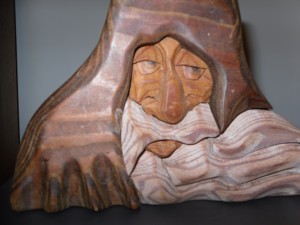 Look in the Mirror
Look in the Mirror
Take a moment to look in the mirror. Do you have uneven ears or a crooked nose? Is one eye more open than the other? Does your jaw click when you open and close it? Is one shoulder higher than the other? Are your eyebrows uneven? Are your cheekbones even?.Is your face symmetrical? Does your jaw jut to one side or the other? Open and close your jaw in front of the mirror….what appears uneven? Asymmetry of the face can reveal where you might want to loosen fascia.
Here is a video presented by Kevin Wade, LMT discussing TMJDysfunction and the Cranium.
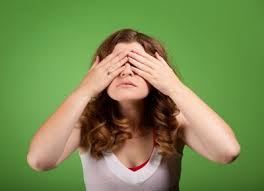 Self Treatment of the Head and Eyes
Self Treatment of the Head and Eyes
Self treatment of the head and eyes can be extremely helpful in alleviating stress and reducing painful trigger points. Take the time to lie down and work on your head, face and eyes to soften tissue, increase range of motion in the fine fascia of the face. The tension in the connective tissue of the head, face and eyes will release. You will feel better!
Simple Steps to Release Fascia on Head and around Eyes
- Eyes-pinch the eyebrows
- Run finger along eyebrows grasping the eyebrows between the fingers and gently squeezing
- Run your fingers around the eye socket gently pressing into the bony areas to release trigger points
- Exercise your eye by following the line of where the wall meets the ceiling
- Follow a swinging hand in front of your face with your eyes
- Move your eyes around in their sockets
- Place your palms your eyes and relax there, for as long as you can possibly stand it.
- Press the sinus point around the eyebrows, nose
- Hair pulling–grasping the hair close to the scalp, gently pull and twist
- Open and close the jaw while gently pulling the hair
- Scratch your temporalis, moving the skin and tissue around your ear
- Twist, pull and squeeze your ears
- Manipulate the trapezius attachment at the base of the skull at the back of the head
- Squeeze your nose, especially the skin of the nose, pinching gently to release tight areas of skin and fascia
- Roll the skin on the cheek
- Roll the skin on the neck from the chin and cheek all the way down the neck
- Push and pull the skin on the skull between your fingers
- Stretch your neck in the eight different positions
- Use a pencil eraser in the suboccipital muscles where the head meets the neck in the back
- Below is a video presented by Ken Abrahamson, LMT regarding Posture and Migraines
Here is the LINK to my video presenting basic fascial release of the head (cranium), face and eyes.
Here is part 1, of an informational video discussing eye strain, presented by Ken Abrahamson, LMT and the St. John Clark Pain Treatment Center in Clearwater Florida. Ken is a graduate of the Center for Neurosomatic Studies in Clearwater, Florida and treats patients at the St. John Clark Pain Treatment Center
Here is part 2 of an informational video discussing eye strain and treatment of the eye, presented by Randall Clark, LMT and the St. John Clark Pain Treatment Center.

